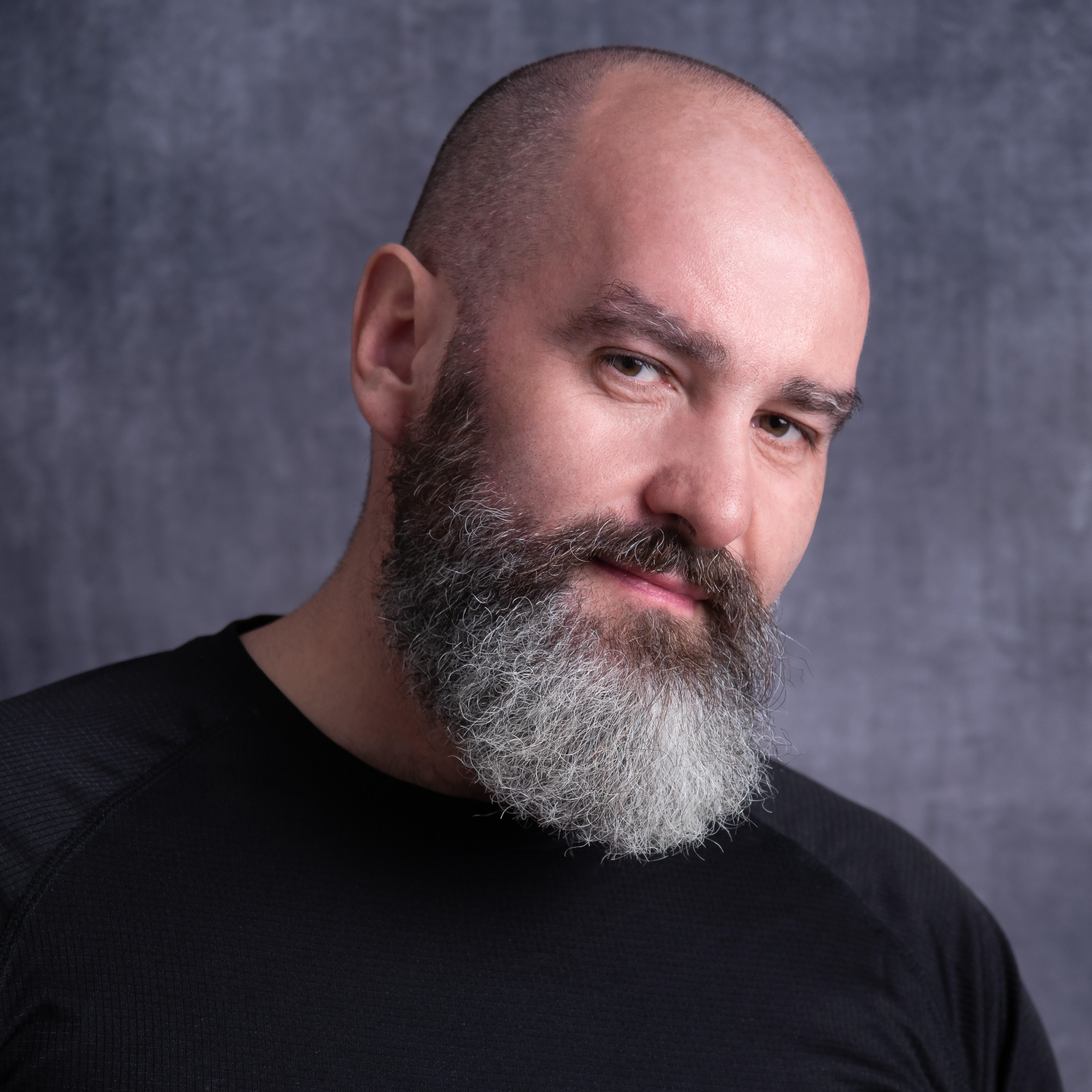Does copying other people's photos count as theft or inspiration?
As AI complicates muddies the waters, Sean wonders if it is best for photographers to steal it all, and then make something new

There’s an old saying ‘Good artists copy, great artists steal’. There’s a whole raft of history in this quote from W. Davenport Adams, through T.S. Elliot, to Steve Jobs. Jobs attributed the quote to no less than Pablo Picasso. But what’s the truth in this? After all, Copyright Law protects artists from theft. So is this all just fanciful tosh?
In all fields of creativity we learn from those that have gone before. Not just photography. Musicians learn the songs of others to become proficient on their instruments. Painters copy paintings to learn the tricks and techniques of the masters. Even writers look to others' poetry or prose to pick out pretty phrases or punctuation. You can’t become proficient without building on a body of work that has come before. Another phrase that resonates here is ‘Building on the shoulders of giants’.
The law is clear on the theft of intellectual property and the penalty is usually financial. So stealing is mostly out of the question. Or is it? The true purpose in this kind of theft is to take the original, improve it or modify it to make it your own. There’s very little true originality left, so it’s a matter of stealing from multiple sources to create something that’s not been seen before. True creativity lies in finding the right sources, and hiding them well.
Technology is taking this far more literally though. Most of the current AI image generators have quite literally stolen photos and illustrations from around the internet as training material for machine learning. This was all done without the knowledge and permission of the creators. Getty is fighting the copyright fight on this. Judges have ruled that images created by AI have no copyright. For business, this is great and terrible. They don’t have to pay for an image, but they’ve no protection should someone else use it, or worse, use it to parody them.
For us, it devalues our work. So much so that light painting artists like Eric Paré are having their work labelled as AI when it’s generated in camera at great expense. AI is here to stay, but without original creators, it cannot evolve because it doesn’t have our self-awareness. And should it become aware, I don’t think putting artists out of business would be it’s first priority; Cue The Terminator theme.
Where does this leave us as photographers? We plough on regardless. We’re well used to plonking down in others tripod holes, as we look to capture the greats. We train with other people’s lighting setups as we refine our skills. But then we take that knowledge and combine them to create portraits within a vista. Or, we take our other hobbies and combine them with photography to create something different. Steal it all, but make something new. And that is creative and original.
Other opinion pieces by Sean McCormack:
Get the Digital Camera World Newsletter
The best camera deals, reviews, product advice, and unmissable photography news, direct to your inbox!
Sean McCormack is a commercial, and editorial photographer, book author, and regular contributor to Digital Camera magazine based in Galway, Ireland. He has extensive experience with Lightroom, dating back to its original beta version, and has tried out just about every plugin and preset available. His latest book is Essential Development 3: 25 Tips for Lightroom Classic’s Develop Module.

